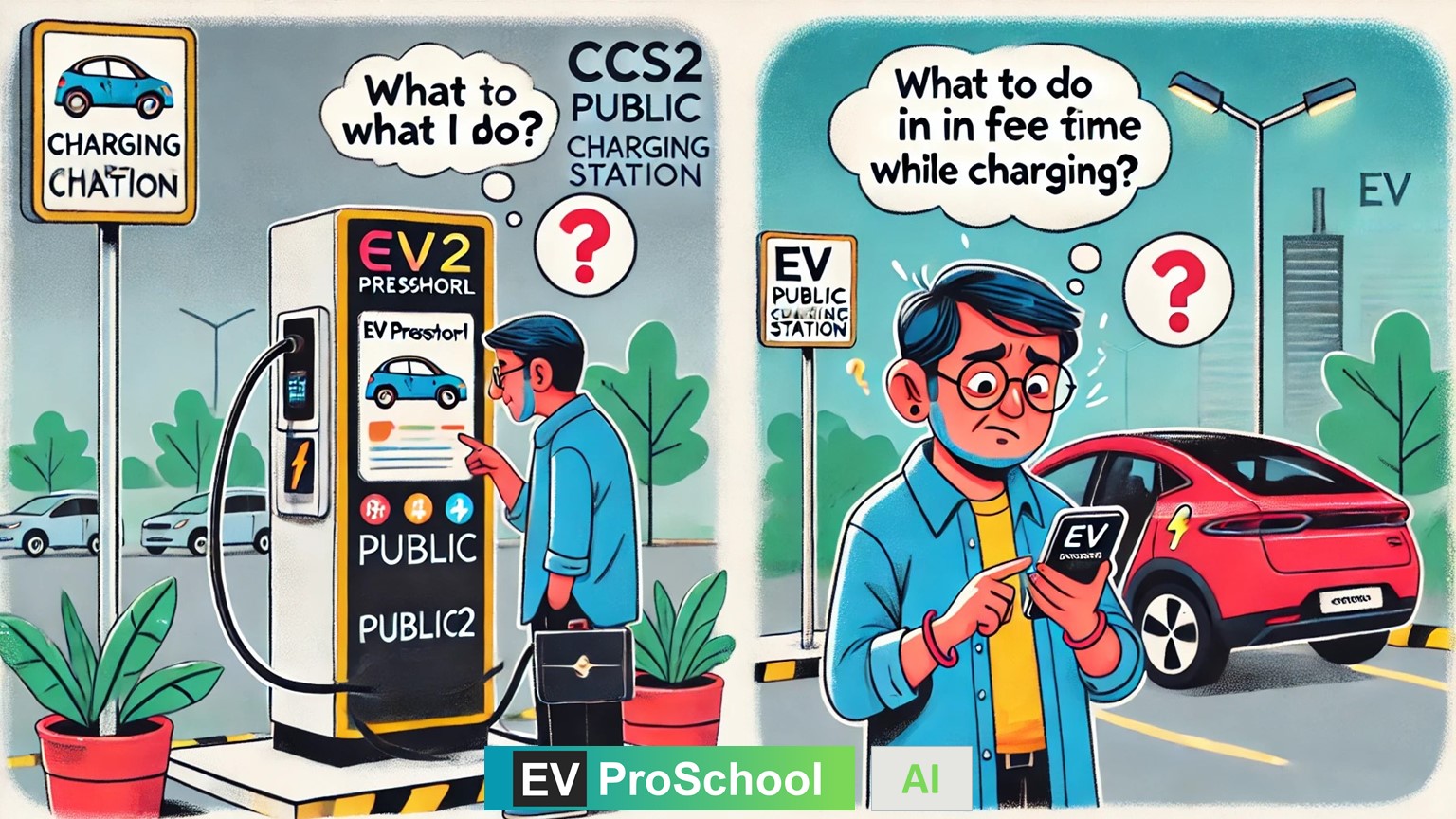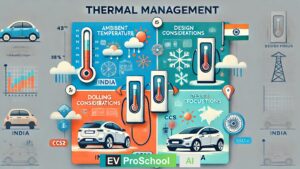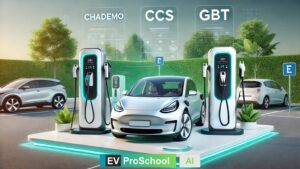Electric Vehicles (EVs) are transforming the way we think about transportation, offering cleaner, quieter, and more efficient options for the future. But have you ever wondered about the safety measures in place when you charge your EV? Let’s dive into the essential steps of EV charging, how errors are detected and managed, and the best practices for a smooth and safe charging experience.
What Happens When You Plug In Your EV?
When you connect your EV to a charger, several safety checks and communication processes kick into action before any power flows. Here’s how it works:
- Handshake Between the EV and Charger:
The charger and your car’s onboard charging system communicate to ensure compatibility. They exchange information about the vehicle’s battery status, voltage requirements, and charging limits. - Safety Mode Engagement:
During this phase, your EV remains in a “safe state.” High-voltage systems are isolated, ensuring no electricity flows until everything checks out. If something seems off—like a loose connection—the charging process won’t start. - Controlled Power Flow:
Once everything is verified, power begins flowing to your vehicle. Your EV continuously monitors the process for anomalies like overheating or unexpected surges, and the system automatically adjusts or stops the charging if needed.
Error Detection and Management: Keeping You Safe
Modern EVs and charging stations are equipped with robust safety mechanisms, including:
- Ground Fault Detection: Stops charging if electrical leakage is detected to avoid shocks.
- Thermal Monitoring: Tracks temperature at the plug and socket to prevent overheating.
- Overcurrent Protection: Ensures that the power delivered never exceeds safe levels for your battery.
If an error occurs, the system immediately disconnects the power or sends alerts to both the driver and the charging station operator.
Steps for Safe Charging
While EVs and chargers are designed with safety in mind, a few simple steps can ensure even smoother and safer charging:
- Inspect the Equipment:
Before plugging in, check the cable and connector for any damage. Avoid using chargers with exposed wires or cracked plugs. - Park Securely:
Always park your vehicle properly to ensure the cable isn’t strained or stretched. - Plug in Fully:
Make sure the charging connector is securely inserted into your car’s port. - Monitor Initial Charging:
Check that the charger starts as expected and that no error messages appear on your EV’s display or the charging station.
Precautions for EV Owners During Charging
Unlike CNG refueling, where drivers are asked to exit their vehicle, EV charging allows you to stay in the car. However, here are some key precautions:
- Avoid Water Contact:
Ensure the charging area is dry and avoid charging during heavy rain unless you’re using a weatherproof charging station. - Stay Nearby:
While you don’t need to monitor every second of the process, staying within the vicinity ensures you can quickly respond to any unexpected issue. - Unplug Properly:
Once charging is complete, disconnect the charger following the proper steps to avoid damaging the port or the cable.
What Can You Do While Charging Your EV?
Charging times vary depending on the charger type (fast chargers take 20–30 minutes, while standard home chargers may take hours). Here are some productive or fun things to do while waiting:
- Catch Up on Entertainment: Watch your favorite shows or listen to podcasts using your car’s infotainment system or your device.
- Plan Your Trip: Use the charging time to review your route or nearby attractions.
- Exercise or Relax: If the charging station has amenities like walking paths, stretch your legs or enjoy a snack.
Why These Steps Matter
Safe EV charging ensures the longevity of your vehicle’s battery and protects you from potential hazards. By following the recommended steps and precautions, you’re not just protecting your investment—you’re contributing to a smoother EV experience for everyone.
EVs are designed with advanced systems to make charging a seamless and safe process. By staying informed and adopting a few best practices, you can enjoy a hassle-free charging experience. Have questions or tips about EV charging? Share your thoughts below!
Stay Charged, Stay Safe!
Did this guide answer your questions about EV charging safety? Let us know your thoughts!



